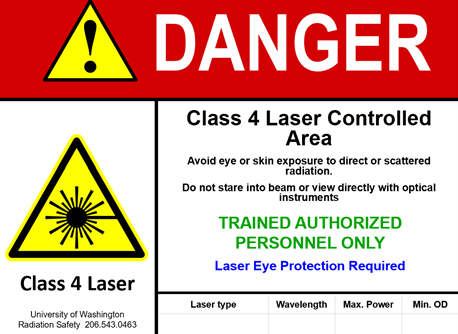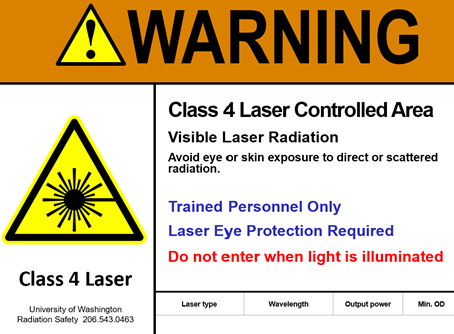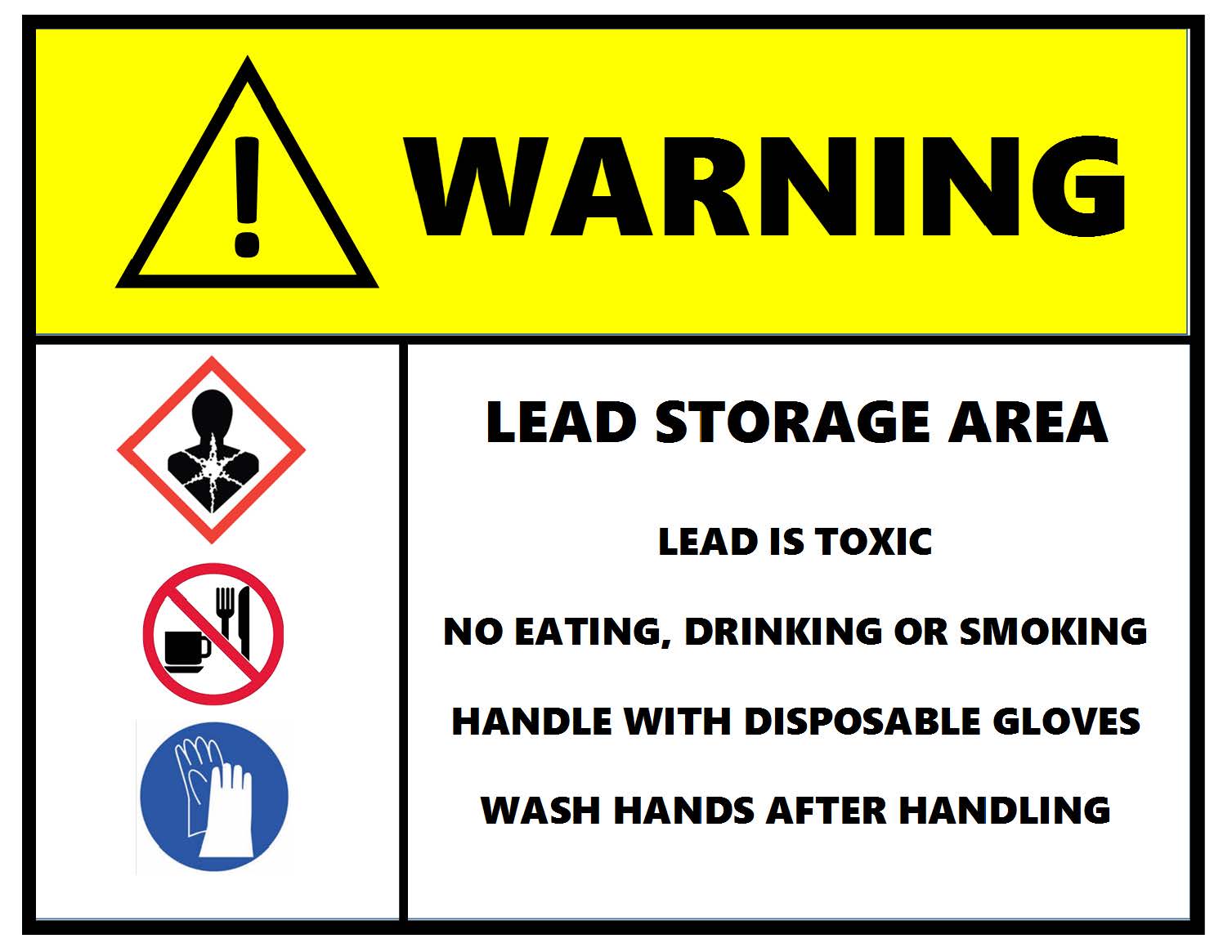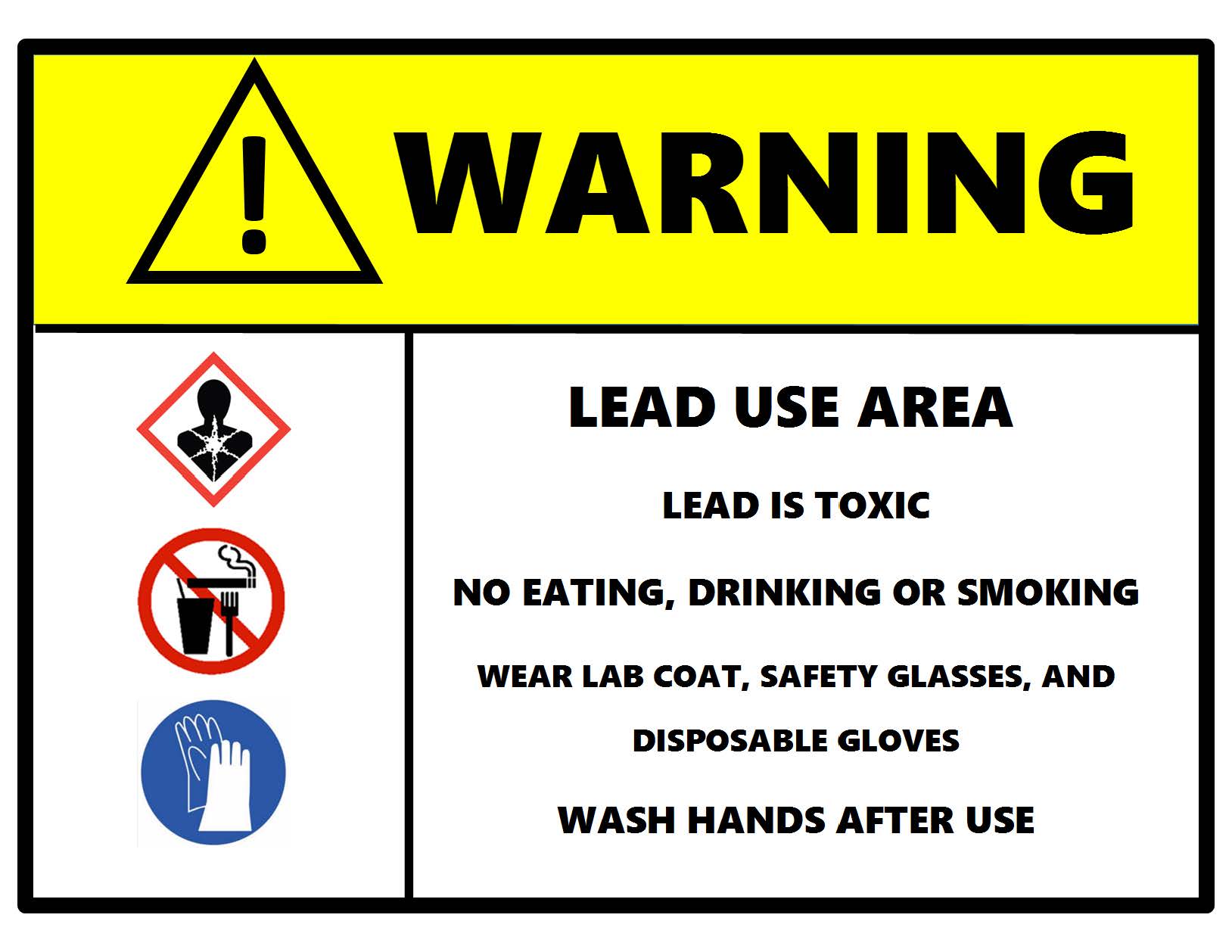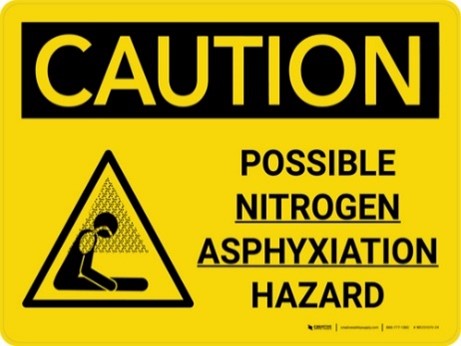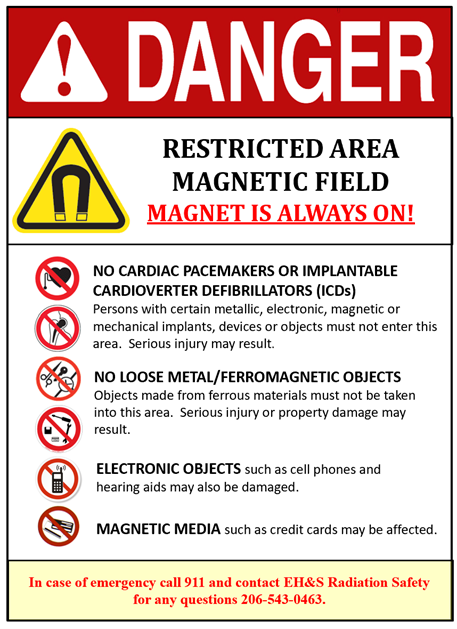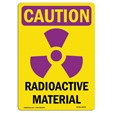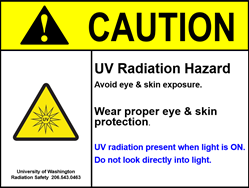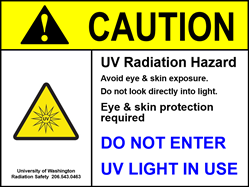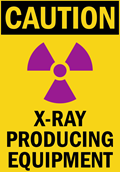The hazard diamond on the caution sign uses a color-coded system with numbers to signal the degree of health hazard (blue), flammability hazard (red), and instability hazard (yellow).
The color-coded number system was developed by the National Fire Protection Association (NFPA).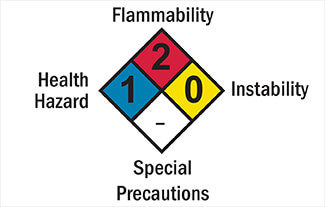
Flammability, health, and instability
Brief descriptions of the rating numbers for the flammability, health, and instability sections are given in the table below. Numbers in these sections can range from zero to four, with zero meaning essentially no hazard and four indicating an extreme hazard.
The rating numbers in the table below will appear on your Caution sign if your inventory contains quantities that require a fire permit. You may have chemicals in your lab, shop or maker space, but show zeros on your NFPA diamond if the quantities do not meet or exceed the permit quantities.
| RATING |
FIRE HAZARD
(FLAMMABILITY)
|
HEALTH HAZARD |
REACTIVITY
(INSTABILITY)
|
| 4 |
Flash point <73°F
Boiling point <100°F
|
Deadly |
May detonate |
| 3 |
Flash point <73°F and
Boiling point ≤100°F, or
Flash point 73°F to 100°F
|
Extreme danger |
Shock and heat may detonate |
| 2 |
Boiling point >100°F and ≤100°F
|
Hazardous |
Violent chemical change |
| 1 |
Flash point > 200°F
|
Slightly hazardous |
Unstable if heated |
| 0 |
Will not burn |
Normal material |
Stable |
Specific hazards
The bottom diamond segment is white and it shows specific hazard codes that identify special problems or require special fire-fighting techniques. These specific hazards include OX (oxidizers), COR (corrosive materials) and W (use no water to fight fires).
The numeric ratings on the colored sections of the diamond on your Caution sign are based on the hazard category and the quantity of material as recorded in your MyChem inventory.
Refer to the Table of NFPA codes and Permit Quantities for more information.
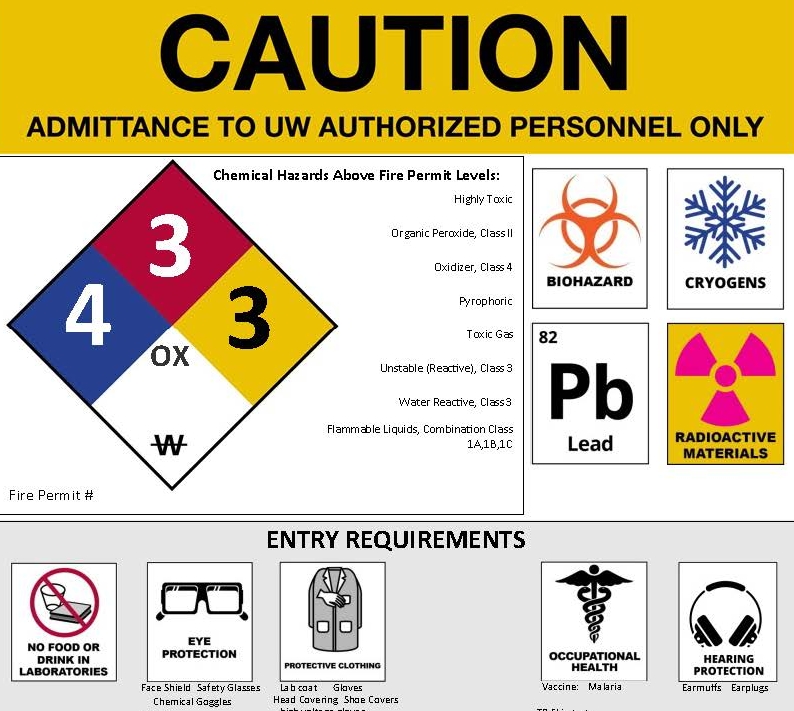

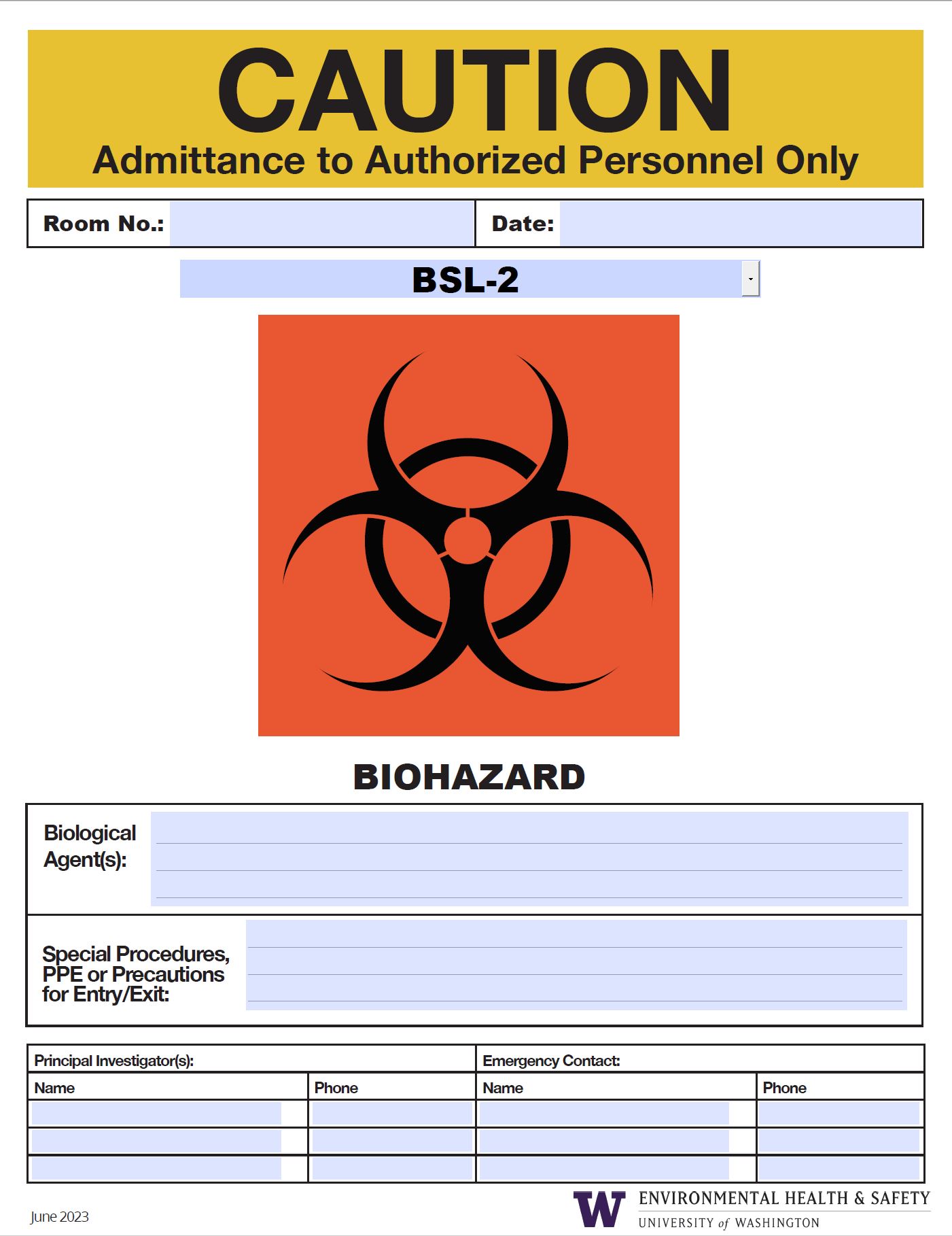 ments.
ments.